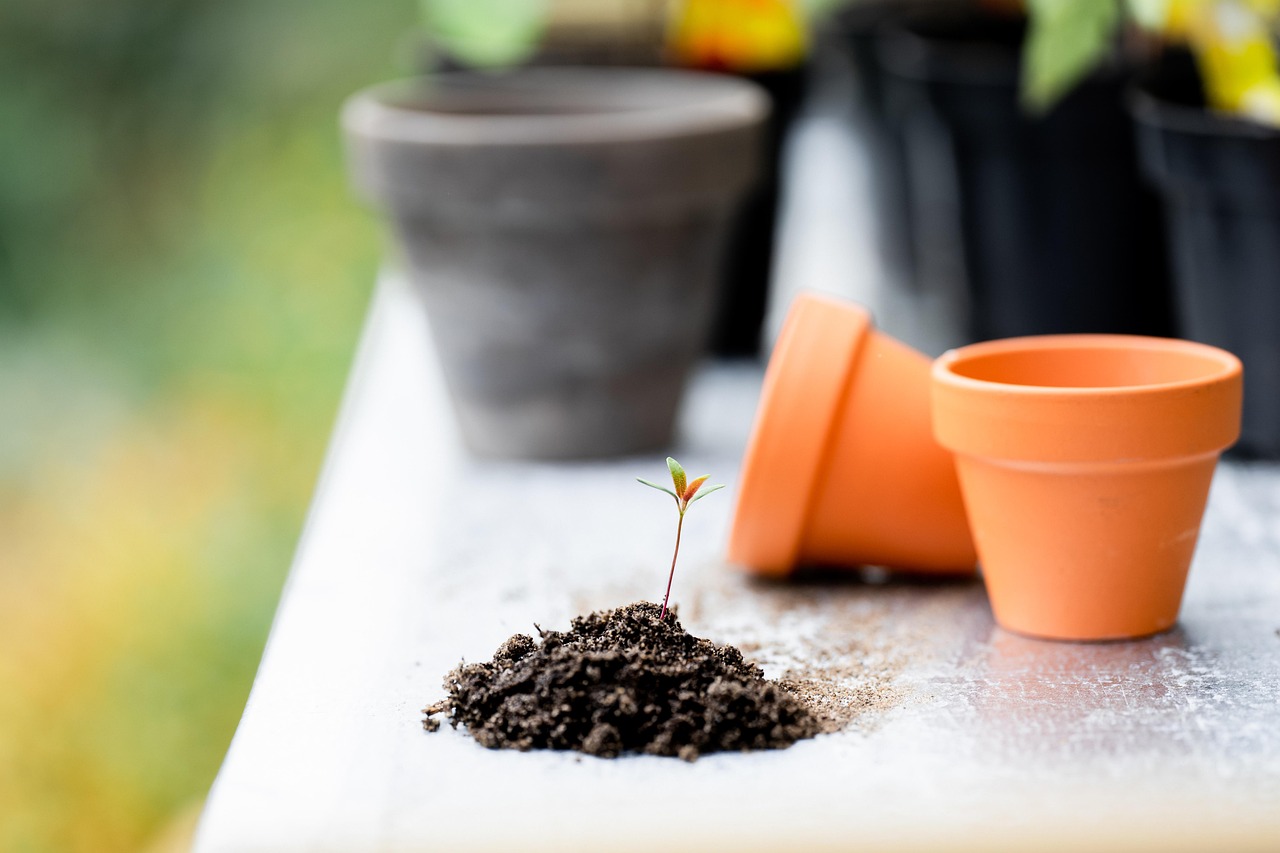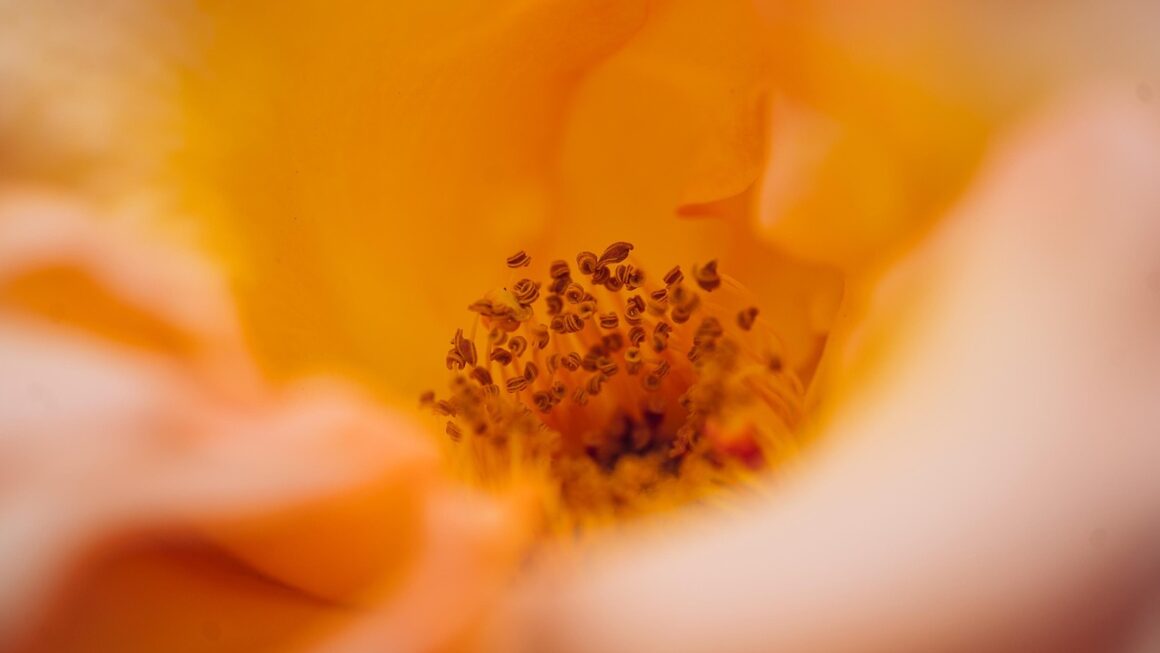Pruning is an essential practice for maintaining the health, appearance, and productivity of your plants. Whether you’re tending to fruit trees, flowering shrubs, or ornamental hedges, understanding the principles and techniques of pruning is key to unlocking your garden’s full potential. This comprehensive guide will equip you with the knowledge you need to prune like a pro.
Why Prune? Understanding the Benefits
Pruning might seem counterintuitive – cutting away parts of your plants – but it’s a vital process with numerous advantages. Knowing why you’re pruning is just as important as knowing how.
Health and Vigor
- Improved Air Circulation: Removing dense or crossing branches allows for better airflow, reducing the risk of fungal diseases. This is especially important in humid climates.
- Sunlight Penetration: Pruning allows sunlight to reach inner branches and lower leaves, promoting healthy growth and fruit production. Plants need sunlight for photosynthesis.
- Disease and Pest Control: Removing dead, damaged, or diseased wood prevents the spread of infection and eliminates hiding places for pests. Regular inspection and prompt removal are critical.
Enhanced Appearance
- Shaping and Aesthetics: Pruning allows you to control the size and shape of your plants, creating a more visually appealing landscape. Consider the plant’s natural growth habit when shaping.
- Encouraging Blooming: Certain pruning techniques encourage the production of flowers. For example, deadheading spent blooms promotes further flowering in many species.
- Removing Unsightly Growth: Pruning can remove unwanted suckers, water sprouts, and other undesirable growth, improving the overall appearance of the plant.
Increased Productivity
- Fruit Production: Pruning fruit trees encourages the development of fruiting spurs and improves fruit quality by allowing more sunlight and air circulation.
- Flower Production: As mentioned above, strategic pruning can lead to a greater abundance of flowers. This is particularly true for roses and other flowering shrubs.
- Overall Plant Health: By promoting vigorous growth and removing diseased parts, pruning contributes to the overall health and productivity of your plants.
Essential Pruning Tools: Equipping Yourself for Success
Having the right tools makes pruning easier, safer, and more effective. Invest in quality tools and maintain them properly for optimal performance.
Hand Pruners
- Bypass Pruners: These pruners have two blades that pass by each other like scissors, making clean cuts without crushing the stem. Ideal for stems up to 3/4 inch in diameter.
- Anvil Pruners: These pruners have one straight blade that closes against a flat anvil. They’re more powerful but can crush stems. Suitable for thicker, dead wood.
- Loppers: These are essentially long-handled hand pruners, providing greater leverage for cutting thicker branches (up to 2 inches in diameter).
Pruning Saws
- Folding Pruning Saws: These saws have a curved blade and aggressive teeth, ideal for cutting branches too thick for loppers. The folding design makes them easy to carry and store.
- Pole Saws: These saws are attached to a long pole, allowing you to reach high branches without a ladder. Use with caution and prioritize safety.
Other Essential Tools
- Gloves: Protect your hands from thorns, sap, and potential injuries.
- Eye Protection: Safety glasses are essential when pruning overhead to prevent debris from falling into your eyes.
- Sharpening Stone: Keep your pruning tools sharp for clean cuts and efficient work. Dull tools can tear bark and damage plants.
- Disinfectant: Clean your pruning tools with a disinfectant (like rubbing alcohol or a bleach solution) between cuts, especially when pruning diseased plants, to prevent the spread of infection. A 10% bleach solution (1 part bleach to 9 parts water) is effective.
Timing is Everything: When to Prune for Best Results
The timing of pruning significantly impacts plant health and productivity. Consider the plant’s blooming cycle and growth habits when determining the best time to prune.
Dormant Pruning (Late Winter/Early Spring)
- Deciduous Trees and Shrubs: Pruning during dormancy (late winter or early spring, before new growth begins) encourages vigorous growth in the spring. It allows you to clearly see the plant’s structure and make precise cuts.
- Fruit Trees: Dormant pruning is crucial for fruit trees as it stimulates fruit production and improves fruit quality. Remove dead, damaged, and crossing branches.
- Roses: Prune hybrid tea roses and other repeat-blooming roses heavily in early spring to encourage strong new growth and abundant flowers.
Summer Pruning (After Flowering)
- Spring-Flowering Shrubs: Prune spring-flowering shrubs (such as azaleas, rhododendrons, and forsythia) immediately after they finish blooming. Pruning them later in the year will remove next year’s flower buds.
- Light Shaping: Summer pruning can be used for light shaping and removing water sprouts and suckers. Avoid heavy pruning during the heat of summer, as it can stress the plant.
Avoid These Times
- Late Fall: Avoid pruning in late fall, as new growth stimulated by pruning may not have time to harden off before winter, making it susceptible to frost damage.
- During Disease Outbreaks: Avoid pruning when plants are actively infected with diseases, as pruning can spread the infection.
Pruning Techniques: Mastering the Cuts
Understanding the different types of pruning cuts and how to execute them properly is crucial for achieving the desired results.
Thinning Cuts
- Definition: Thinning cuts remove an entire branch at its point of origin (where it joins another branch or the main trunk).
- Purpose: Improves air circulation and sunlight penetration without stimulating excessive new growth.
- How To: Make a clean cut flush with the branch collar (the slightly swollen area where the branch joins the trunk). Avoid cutting into the branch collar.
Heading Cuts
- Definition: Heading cuts shorten a branch by cutting it back to a bud or lateral branch.
- Purpose: Stimulates new growth below the cut, making the plant bushier.
- How To: Make a cut about 1/4 inch above an outward-facing bud. Angle the cut slightly away from the bud.
Renewal Pruning
- Definition: Removing old, unproductive stems at the base of the plant to encourage new growth.
- Purpose: Rejuvenates older shrubs and improves their overall health and appearance.
- How To: Cut the oldest, thickest stems back to the ground. Remove about one-third of the oldest stems each year.
Deadheading
- Definition: Removing spent flowers to encourage further blooming.
- Purpose: Promotes continuous flowering and prevents the plant from wasting energy on seed production.
- How To: Cut the stem just below the spent flower, above a leaf node or a new bud.
Example: Pruning a Rose Bush
Imagine you’re pruning a hybrid tea rose in early spring. You’ll use a combination of techniques:
Common Pruning Mistakes (and How to Avoid Them)
Even experienced gardeners can make pruning mistakes. Awareness of these common pitfalls can help you avoid damaging your plants.
- Over-Pruning: Removing too much of the plant can weaken it and reduce its ability to produce food. Avoid removing more than one-third of the plant’s growth in a single season (except for renewal pruning, as described above).
- Improper Cuts: Making cuts too close to the trunk (flush cuts) or leaving stubs can damage the branch collar and allow diseases to enter the plant. Always cut just outside the branch collar.
- Using Dull Tools: Dull tools tear bark and create jagged cuts, making the plant more susceptible to diseases and pests. Keep your pruning tools sharp and clean.
- Pruning at the Wrong Time: Pruning at the wrong time of year can remove flower buds or leave the plant vulnerable to frost damage. Prune according to the plant’s blooming cycle and growth habits.
- Ignoring Plant Needs: Each plant species has unique pruning requirements. Research the specific needs of your plants before you start pruning.
Conclusion
Mastering the art of pruning requires a combination of knowledge, skill, and patience. By understanding the benefits of pruning, selecting the right tools, timing your cuts appropriately, and using proper techniques, you can promote the health, beauty, and productivity of your garden for years to come. Remember to research the specific needs of your plants and always prioritize safety. Happy pruning!




